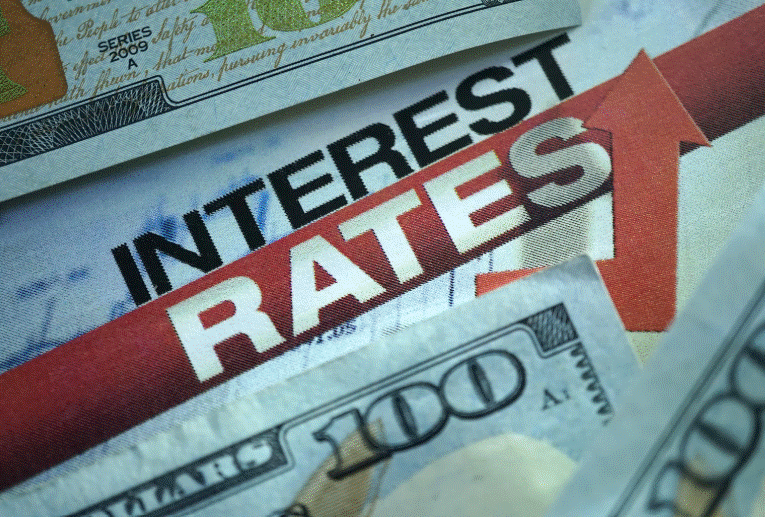As the COVID-19 pandemic forced businesses to close and employees to take refuge at home last March, the Board of Governors of the U.S. Federal Reserve System took unprecedented action, lowering the benchmark interest rate to functionally zero percent. This action made loans more affordable to those who were struggling and kept banking institutions afloat. Mortgage interest rates followed and sank below three percent. Such a drop was -- and is -- attractive to many home owners who want to reduce monthly payments and improve cash flow. It also makes shorter term home loans more affordable, promising an earlier payoff.
Shorter-Term Loans
Contrasting with the most popular conventional loan product -- the 30-year fixed rate -- those amortizing over 15 or 10 years quite logically call for higher monthly payments. The principal must be paid faster; thus, each payment installment must be larger. However, shorter-term mortgages normally carry lower interest rates. In fact, dollar for dollar, 10 or 15-year products save money when all is said and done. Of course, when monthly budgets are tight, home owners do not always have the luxury of paying off in a decade or so. In essence, they are willing to pay for lower payments.
What about those who are able to bite the bullet in the interest of getting home loan debt behind them? Consider: a $400,000 loan borrowed at 3.0 percent interest over 30 years yields a monthly remittance of $1,686.42 (not including tax and insurance escrows). Leaving all else intact, shortening the term to 15 years gives a payment of $2,762.33, over a thousand dollars higher. Yet over the life of the loan, total interest paid amounts to $97,218.78 whereas the 30-year loan will cost $$207,109.81, i.e. over half the borrowed principal. Is tightening the monthly belt worth the savings in the long run?
Should I Pay Off Sooner with a Shorter Term?
A few answers to key questions can help home owners decide whether converting to a shorter term product is beneficial and wise. For one thing, how far into the current loan is the borrower? If over halfway through a 30-year, it may be prudent to consult the amortization schedule in the loan document package. Factoring the costs of a new loan -- closing fees e.g. -- it may be more expensive and might not significantly reduce the time it takes to pay off. Another determinant is affordability: can the monthly budget sustain the higher payment? In addition, other financial goals should be weighed against paying off the loan quickly. College and retirement funds require regular contributions after all.
An alternative is to pay down the current obligation more rapidly. Unless there are draconian pre-payment penalties, over-paying each month gets the borrower to the payoff point ahead of the amortization schedule. When debt is reduced, so is the interest charged on it. Meanwhile, the ratio of debt against home value shrinks, giving owners more equity at their disposal if they ever again borrow against the property.
What About the Rates?
With these factors in mind, do record low interest rates change any calculations? Certainly. When rates go down, so does the remittance. This goes to the affordability variable. Just bear in mind that the dent made in interest is proportional to the size of the loan. Savings may not be as hefty as imagined. Central to the decision is having a comfortable monthly cushion that allows other obligations and financial interests to be met when assuming a bigger outlay per month. Furthermore, remember to preserve and increase the equity against home value.





